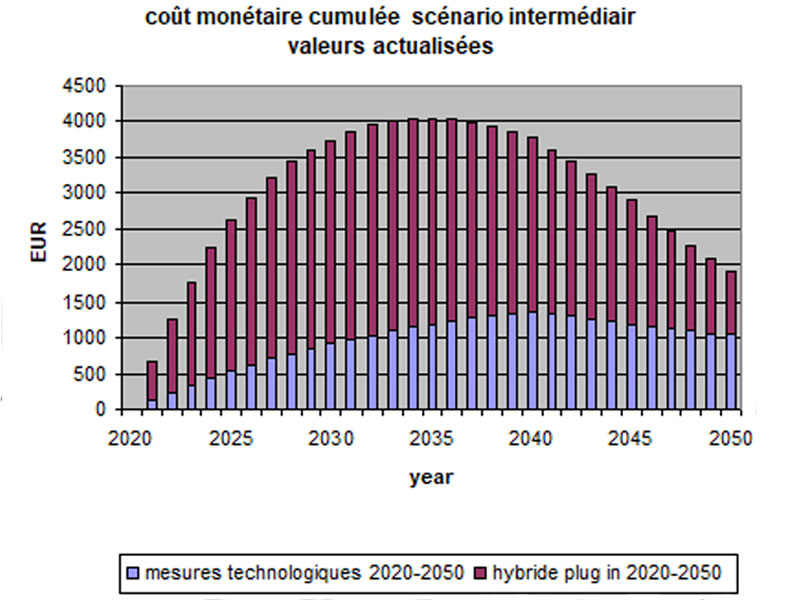Climate plan France
05.25
From 2006 to 2007
TML and ECOFYS France conducted a study around drastic greenhouse gas reductions by 2050 in the transport and housing sectors in France. TML looked at greenhouse gas reductions in the transport sector.
Using the TREMOVE model, TML looked at the possibilities for reducing CO₂ emissions up to 2020. Only very modest reductions are possible in this initial period. Measures that impose an additional tax with good re-use of the tax are cost-effective, while public transport subsidies are not effective in reducing CO₂ emissions. Measures with the greatest CO₂ reduction potential are technological measures.
TML looked at the evolution in the distant future (2020 - 2050) using different scenarios. The main drivers of further GHG emission reductions are technological innovations and behavioural changes. The use of plug-in hybrid vehicles combined with the very low CO₂ content of French electricity allows for CO₂ reductions of 30% compared to 1990 by 2050. A more voluntarist scenario with very significant behavioural changes on top of that yields CO₂ reductions of up to 70%.
Using the TREMOVE model, TML looked at the possibilities for reducing CO₂ emissions up to 2020. Only very modest reductions are possible in this initial period. Measures that impose an additional tax with good re-use of the tax are cost-effective, while public transport subsidies are not effective in reducing CO₂ emissions. Measures with the greatest CO₂ reduction potential are technological measures.
TML looked at the evolution in the distant future (2020 - 2050) using different scenarios. The main drivers of further GHG emission reductions are technological innovations and behavioural changes. The use of plug-in hybrid vehicles combined with the very low CO₂ content of French electricity allows for CO₂ reductions of 30% compared to 1990 by 2050. A more voluntarist scenario with very significant behavioural changes on top of that yields CO₂ reductions of up to 70%.


